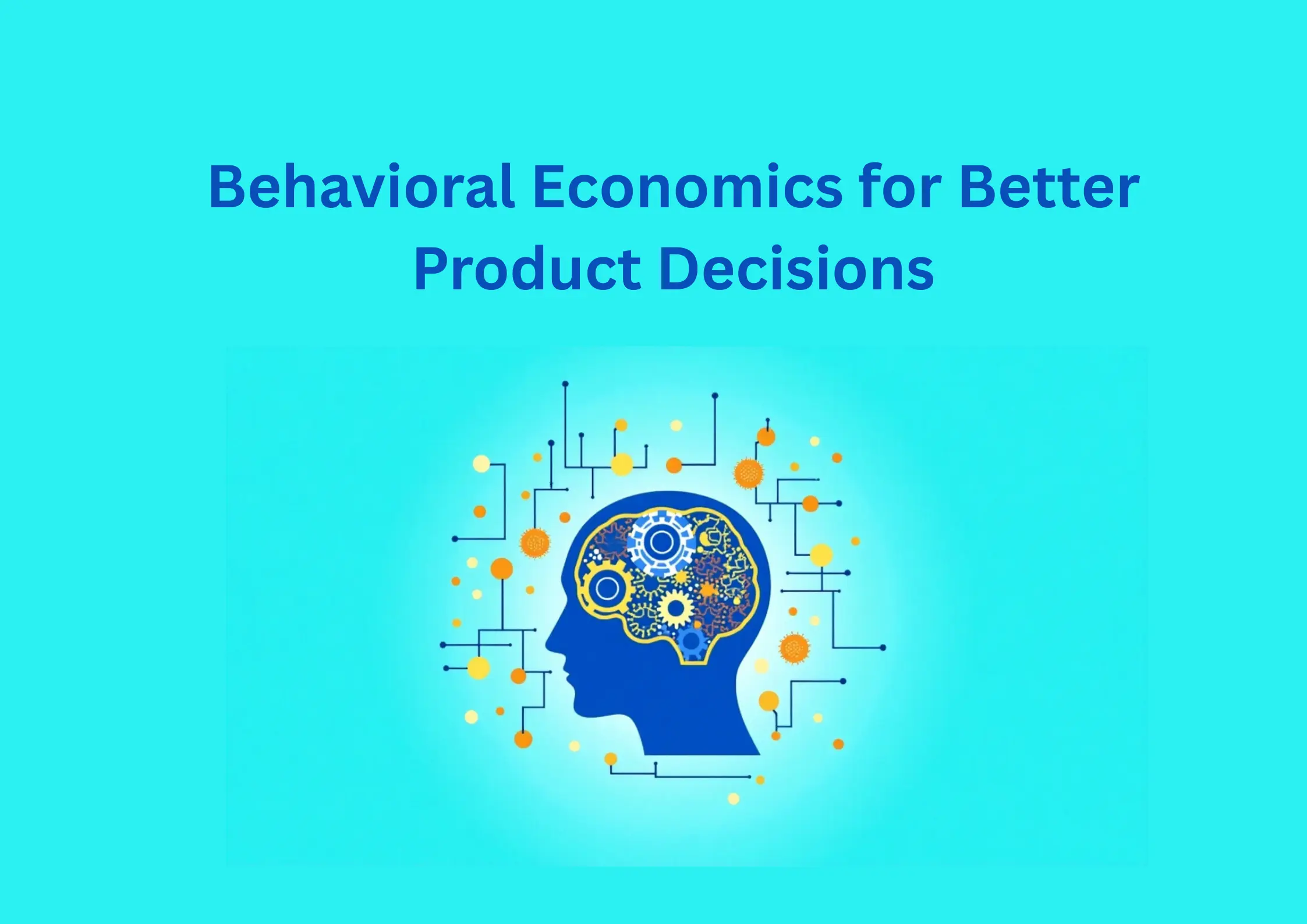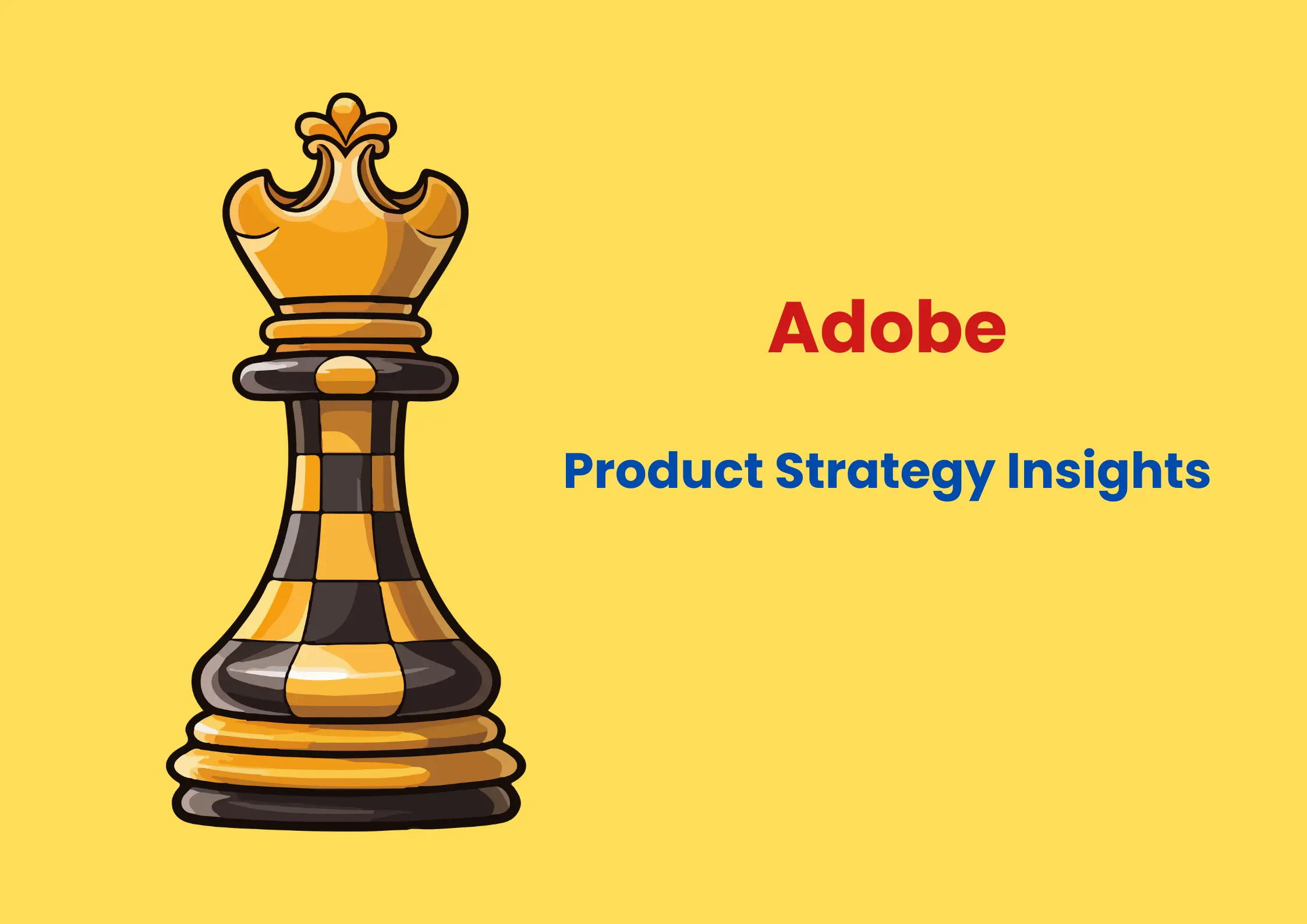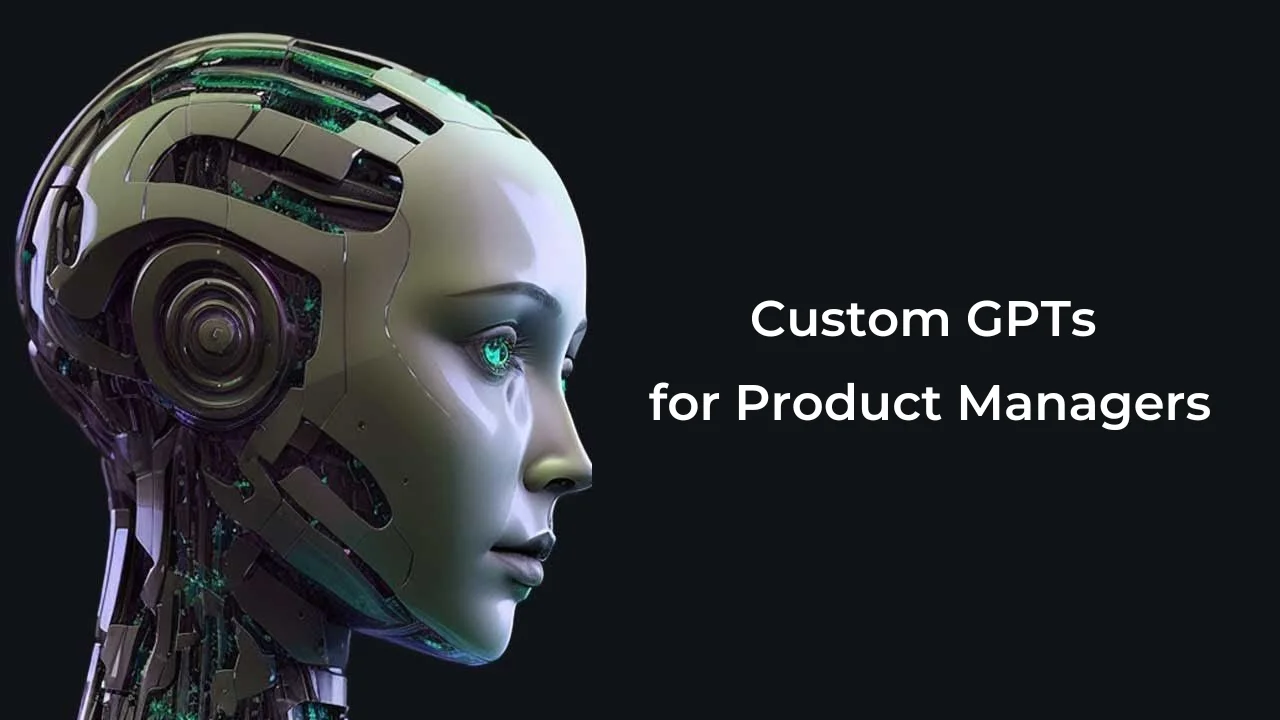📢 Sign up to my newsletter and never miss a beat!
Have you ever signed up for a free trial because you didn’t want to “lose access”? Or chosen the middle pricing plan just because it felt like the safest option?
These decisions aren’t random—they’re driven by behavioral economics, the science of how people actually make choices.
The most successful products don’t fight human psychology—they work with it.
In this article, we’ll explore 5 powerful behavioral economics principles and show exactly how top companies apply them to boost engagement, conversions, and retention.
1. Loss Aversion: The Fear of Missing Out
Principle: People hate losing something twice as much as they enjoy gaining it.
Loss aversion is a deeply ingrained human tendency. We naturally place more emotional weight on avoiding losses than on acquiring gains. In product design and marketing, leveraging this instinct can dramatically drive action.
Why It Works:
When users feel they might lose access to a feature, discount, or achievement, their motivation to act skyrockets. This urgency isn’t created through pressure—it stems from an emotional desire to protect what they feel they already “own.”
Real-World Examples:
🔹 Duolingo’s Streak System: By visually tracking daily progress and sending reminders like “Don’t break your 7-day streak!”, Duolingo taps into users’ fear of losing their hard-earned streak. This simple psychological nudge led to a 30% increase in daily active users.
🔹 E-commerce Countdown Timers: Online retailers often display messages like “Only 3 hours left at this price!” These urgency triggers can increase conversions by up to 332%, according to a VWO study.
How to Apply It:
- Frame benefits around potential loss if users don’t act (“Don’t miss out on 20% off!”) rather than what they stand to gain.
- Integrate time-sensitive offers and streak-tracking systems, but always ensure the pressure feels supportive, not stressful.
2. Anchoring: The Power of First Impressions
Principle: The first number we see influences all subsequent decisions.
Anchoring is the tendency for individuals to rely too heavily on the first piece of information they encounter—the “anchor”—when making decisions. In products and pricing strategies, mastering anchoring can dramatically shift how users perceive value.
Why It Works:
First impressions create a mental reference point. When users see a high price first, all subsequent prices seem lower by comparison—even if they’re objectively high. Anchoring helps shape perceptions before users even realize it.
Real-World Examples:
🔹 Apple’s iPhone Pricing: Apple often showcases its premium iPhone first (e.g., $1,099 model), making the slightly cheaper $999 model feel like a good deal. The result? 68% of buyers gravitate toward the mid-tier option.
🔹 SaaS Pricing Pages: Many SaaS products highlight a “Most Popular” middle-tier pricing option, positioning it between a high-priced premium plan and a basic low-cost plan. This tactic can lead to a 25% better conversion rate compared to offering options neutrally.
How to Apply It:
- Present the premium or highest-value option first to establish an anchor.
- Clearly highlight the “recommended” or “best value” option to steer users gently toward it.
3. Choice Overload: Why Less is More
Principle: Too many options paralyze decision-making.
While offering a wide variety of choices might seem customer-friendly, behavioral research shows the opposite: an excess of options can lead to indecision and dissatisfaction. Simplification wins.
Why It Works:
Cognitive load—the mental effort required to process information—increases with every added choice. When options are limited, users feel less overwhelmed, make quicker decisions, and are more satisfied with their selections.
Real-World Examples:
🔹 Netflix’s Top Picks: Instead of overwhelming users with thousands of choices, Netflix uses curated “Top Picks” and personalized recommendations. Today, 80% of content watched comes from these suggestions.
🔹 The Jam Study: A famous experiment found that offering 24 jam flavors resulted in only 3% of customers making a purchase. When the options were limited to just 6 flavors, 30% of customers bought jam.
How to Apply It:
- Limit the number of choices at critical decision points—ideally to between 3 and 5.
- Use “Recommended for You” sections to help users navigate options with less friction.
4. Social Proof: Following the Crowd
Principle: We look to others when uncertain.
Humans are social creatures. When we face uncertainty or unfamiliar choices, we instinctively turn to the actions and opinions of others to guide our decisions.
Why It Works:
Social proof reduces perceived risk and builds instant trust. If many others are using and loving a product, users feel safer and more confident joining in.
Real-World Examples:
🔹 Amazon’s Bestseller Badges: Products labeled as “#1 in Category” on Amazon experience a 15-20% lift in conversions, according to multiple case studies.
🔹 Slack’s Onboarding: During sign-up, Slack highlights that “85% of your team is already using Slack,” accelerating new user adoption by 40%.
How to Apply It:
- Show real-time user counts, reviews, or success metrics (“Join 10,000+ happy customers!”).
- Display badges like “Bestseller,” “Trending,” or “Customer Favorite” to reinforce popularity and credibility.
5. Default Bias: The Path of Least Resistance
Principle: Most people stick with pre-selected options.
Given a choice, people tend to stick with default settings. It feels effortless and implicitly trusted, as if the default choice has been vetted by experts.
Why It Works:
Choosing the default option reduces mental strain and decision fatigue. It provides a sense of reassurance and efficiency, especially when users are unfamiliar with a product or process.
Real-World Examples:
🔹 LinkedIn’s “Open to Work”: By making “Open to Work” an easy-to-enable default option, LinkedIn saw a 40% increase in job seeker activity.
🔹 Software Installers: Most users accept “Recommended Settings” during software installation. Studies show over 90% stick with defaults without changes.
How to Apply It:
- Set smart, user-beneficial defaults (e.g., newsletter subscription checked for updates, privacy settings optimized).
- Ensure the default option genuinely serves the user’s best interest to maintain trust.
Putting It Into Practice
Applying behavioral economics isn’t about tricking users—it’s about designing more intuitive, human-centered experiences. Here’s how to start:
Step 1: Identify Key Decision Points
Look for moments in your product journey where users hesitate, drop off, or seem overwhelmed. Examples include pricing decisions, onboarding flows, and feature adoption stages.
Step 2: Choose One Principle to Test
Pick one behavioral economics principle aligned with your goal.
Want better onboarding? Try default bias.
Want to optimize pricing pages? Apply anchoring.
Step 3: Measure Results
Set up A/B tests to compare the behavior before and after the intervention. Track metrics like conversion rates, retention, time to decision, and overall user satisfaction.
Small tweaks, when thoughtfully applied, can drive significant improvements.
Ethical Considerations
Using behavioral science responsibly is non-negotiable. Here’s the line between persuasion and manipulation:
✔ Do: Use these principles to guide users toward better, more informed decisions.
✔ Do: Remain transparent about users’ options and respect their autonomy.
❌ Don’t: Use deceptive practices (dark patterns) that trick or trap users into unwanted actions.
Ethical application builds trust—and trust builds brands that last.
Key Takeaway
Understanding behavioral economics principles allows you to:
- Design smoother, more intuitive user journeys
- Increase conversions without heavy-handed tactics
- Create products that naturally align with how users want to behave
Which principle will you test first? Start small, stay human, and see the difference.



